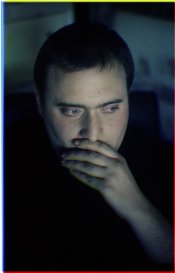jbwpro
Member
I have searched for a topic like this and couldn't find anything like it, I apologize if there is something already.
I truly miss color infrared film - I have one more 11 year old expired roll in the freezer and it is grain city. It makes complete sense from an economic standpoint why it was discontinued, but is there any snowball's chance it could ever come back in any form at all? Efke, Rollei and Illford all have come out with BW infrared solutions (some true, some not, but still fantastic and better than nothing). Why would kodak not license the emulsion technology to someone else to create in small batches, is that even possible? Why hasn't anyone else tried to develop anything like it?
I realize there is a lot of fiscal naivety involved in my questions here, but is there any chance?
I truly miss color infrared film - I have one more 11 year old expired roll in the freezer and it is grain city. It makes complete sense from an economic standpoint why it was discontinued, but is there any snowball's chance it could ever come back in any form at all? Efke, Rollei and Illford all have come out with BW infrared solutions (some true, some not, but still fantastic and better than nothing). Why would kodak not license the emulsion technology to someone else to create in small batches, is that even possible? Why hasn't anyone else tried to develop anything like it?
I realize there is a lot of fiscal naivety involved in my questions here, but is there any chance?














